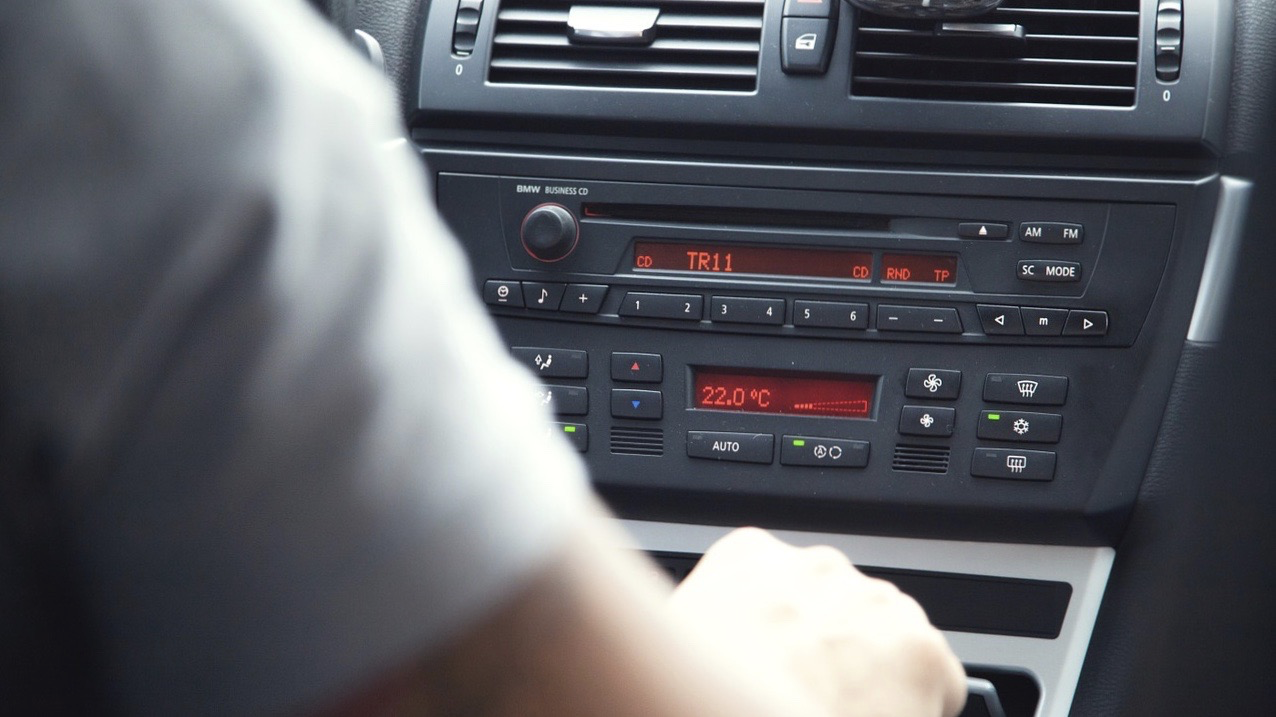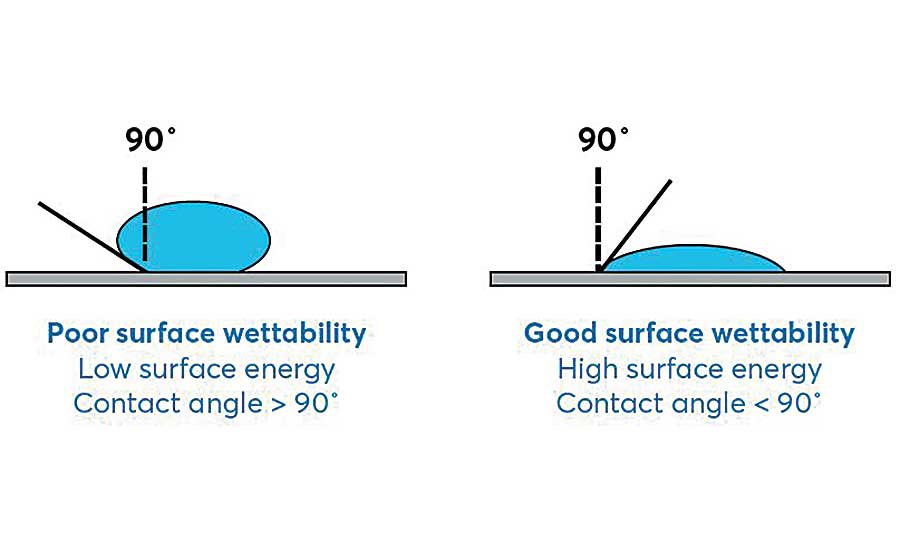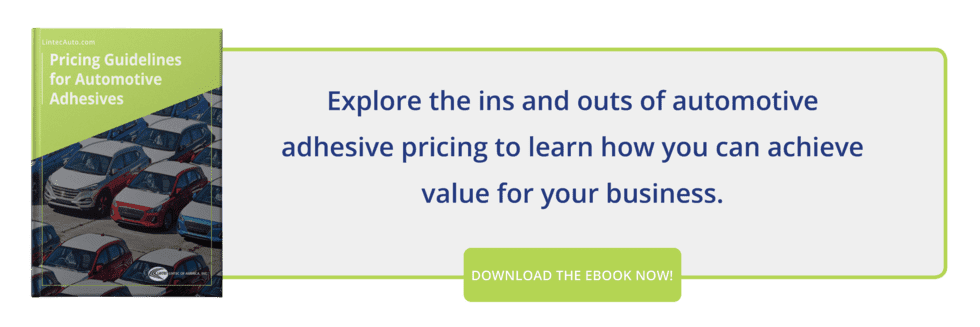Are Adhesives For Plastic Car Parts Different Than Options for Metal?

Plastics and metals aren’t the same, but they’re often asked to play together in vehicles. Does this require unique adhesives? In short, yes.
It’s always best to think long and hard about the substrate your industrial adhesives will be asked to bond to before committing to a purchase. Is it flat or curved, textured or smooth, raw or treated, hot or cold, exposed to the elements or well-protected?
Go with a one-size-fits-all adhesive, and you’ll get different performance on different surfaces. Every surface has unique qualities, and automotive adhesives for plastic parts have to cope with more challenging conditions than those typically present on metal parts.
What’s So Tough About Adhesives For Plastic?
The biggest difference is surface energy. Metal surfaces are generally high-surface energy, or “HSE”—unless they’re powder-coated or otherwise treated to reduce surface energy (with car waxes, for example). HSE surfaces are attracted to adhesives, enabling strong, stable bonds.
Plastics, on the other hand, have very low surface energy (LSE). These substrates actively repel adhesives, moisture, particles, and contaminants. Naturally, this makes it hard to create a strong bond. When you use traditional pressure-sensitive adhesives for plastic bonding, the adhesive layer is more attracted to itself than to the underlying surface, causing it to pull away and release. This trait is called poor “wet-out.”
An article from Assembly Magazine illustrates it this way:

The difference can be pretty stark, too. Surface energy is measured in “dynes,” and metals can exhibit hundreds—or even over a thousand—dynes of surface energy per centimeter. Copper (1,100 dyn/cm), stainless steel (700-1,000 dyn/cm), and aluminum (840 dyn/cm) are all examples of HSE metal materials.
Plastics tend to rate drastically lower:
- PVC (39 dyn/cm)
- Acrylic (38 dyn/cm)
- Acetal, polystyrene (36 dyn/cm)
- Polyethylene (31 dyn/cm)
- Polypropylene (29 dyn/cm)
- PTFE, or Teflon® (18 dyn/cm)
To compensate, adhesives for plastic must be formulated to be much more aggressive. The tackier the adhesive, the more it will flow and wet-out the full contact area with the substrate. The same adhesive on an HSE surface may flow out too far, creating other problems.
Other Specialized Purposes
Plastics and metals require unique adhesives for many reasons. This might depend upon the purpose and environment of the auto part (decorative, functional, exterior, interior, etc.), but these materials have general differences as well.
- Metals: Adhesives for metal car parts might be tasked with resisting or concealing punctures, scratches, and other areas that invite rust. They may also need to survive much hotter areas (such as the engine block), or create a seal between steel and aluminum to prevent corrosion.
- Plastics: Adhesives for plastic car parts—especially injection-molded thermoplastics like many bumpers—may have to consider outgassing. How will they release gasses that escape from the surface of the substrate? The adhesive may also need greater flexibility, or the ability to reduce rattles that can come from small decorative plastic components and trim.
All of these properties must be considered before purchasing an adhesive for plastic or metal parts. In a sensitive or high-risk area, the choice could be the difference between an ideal bond and a vehicle/parts recall.

